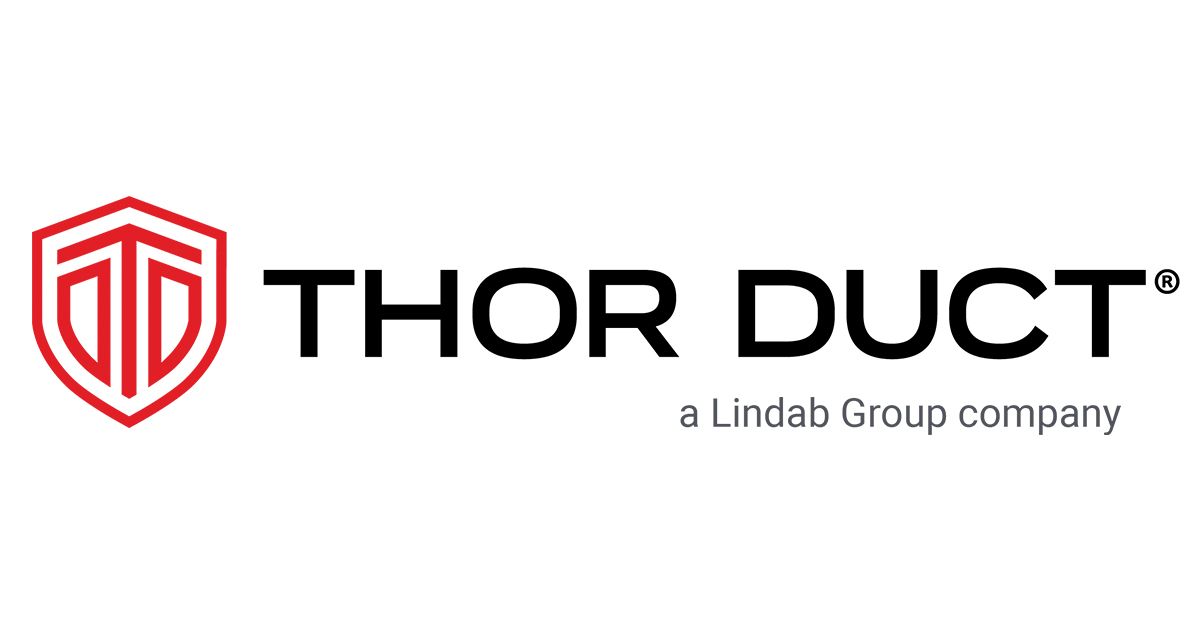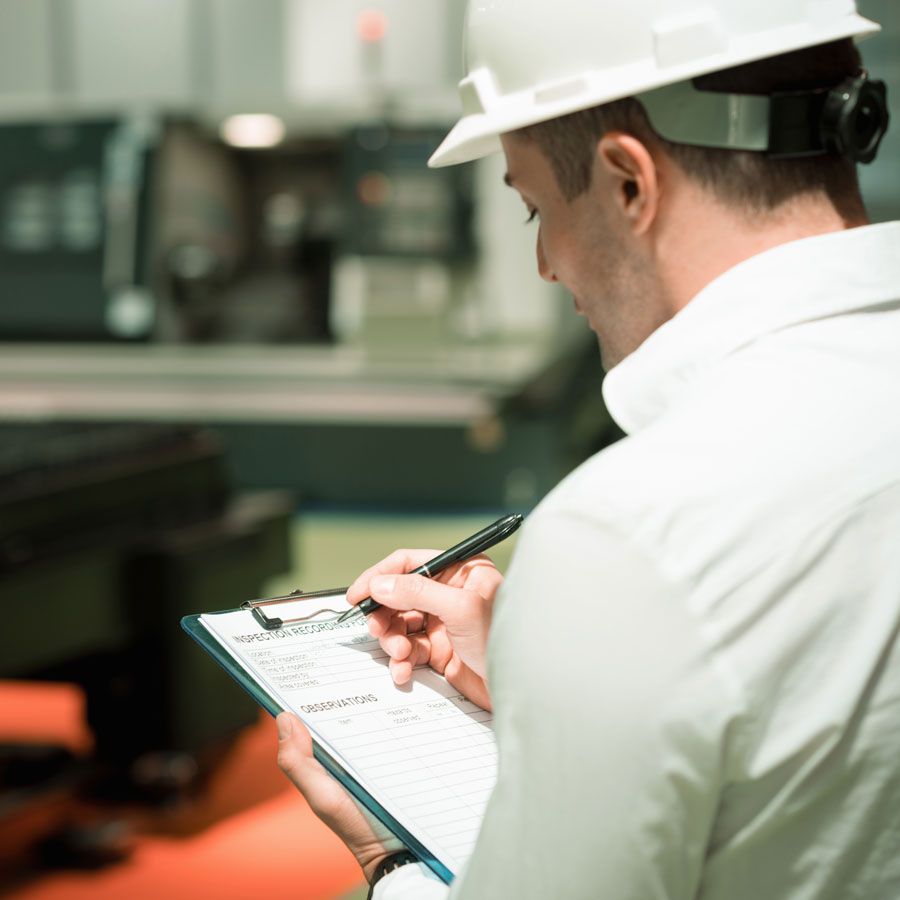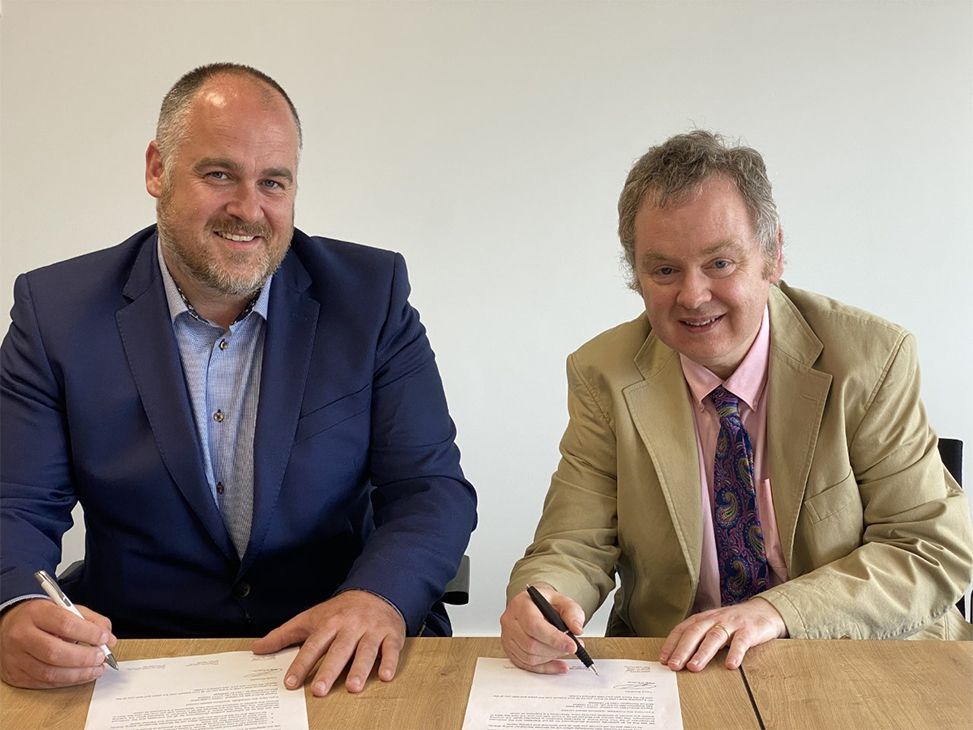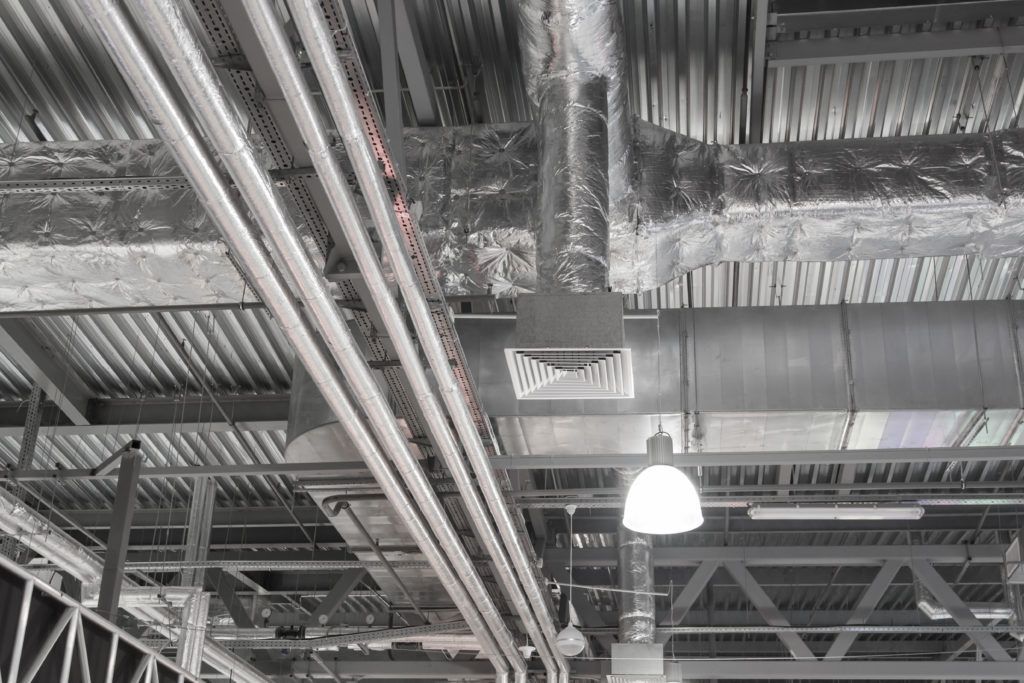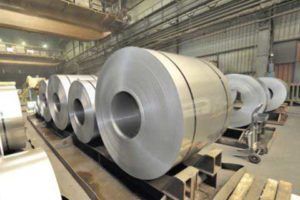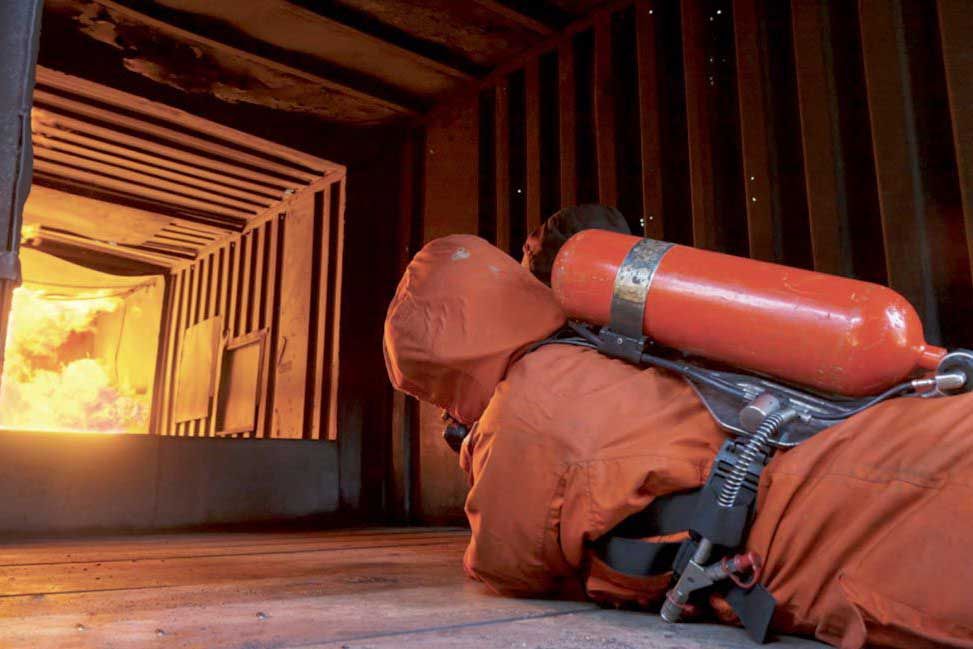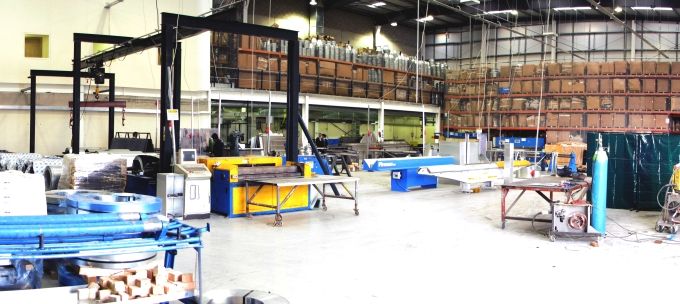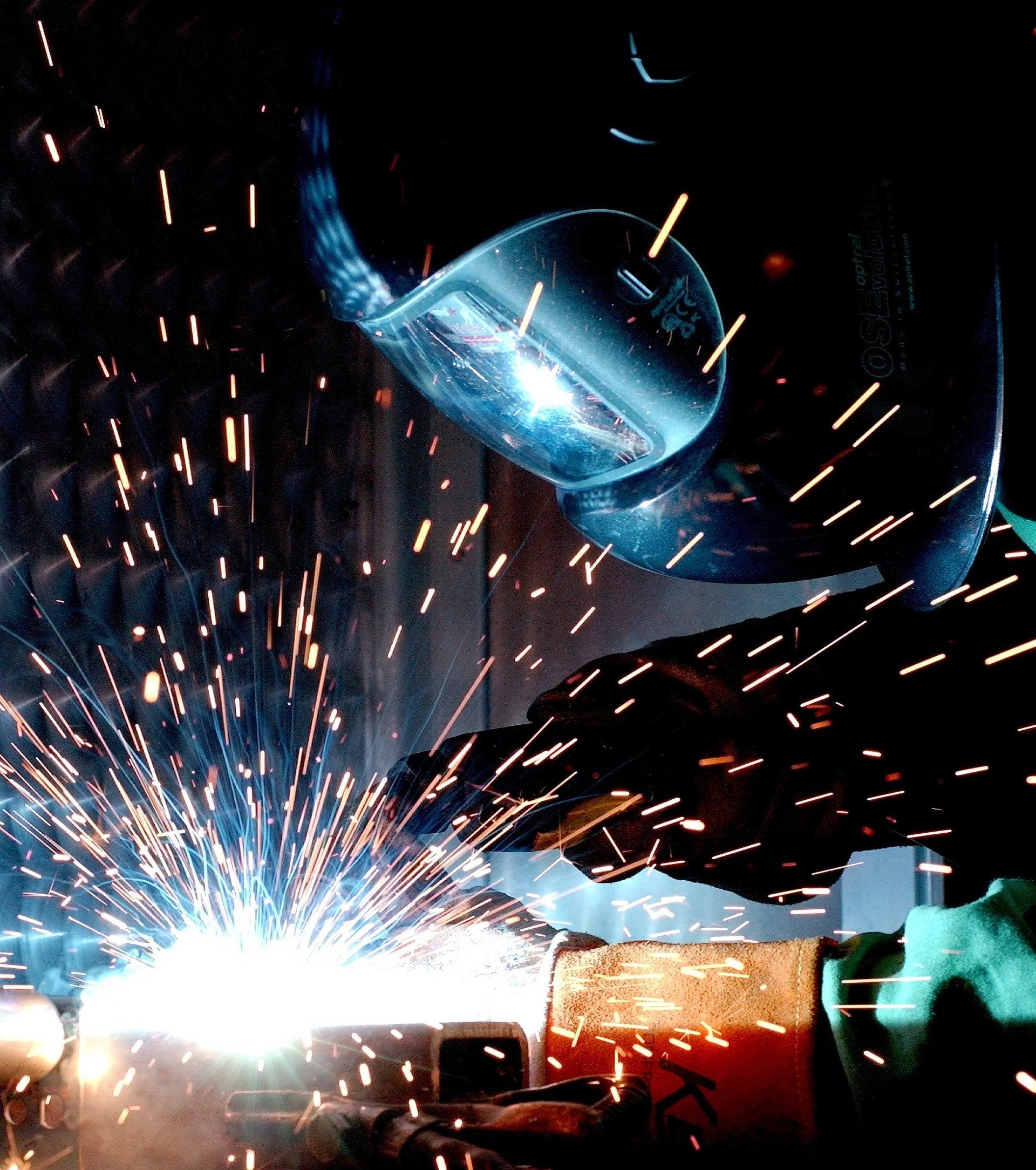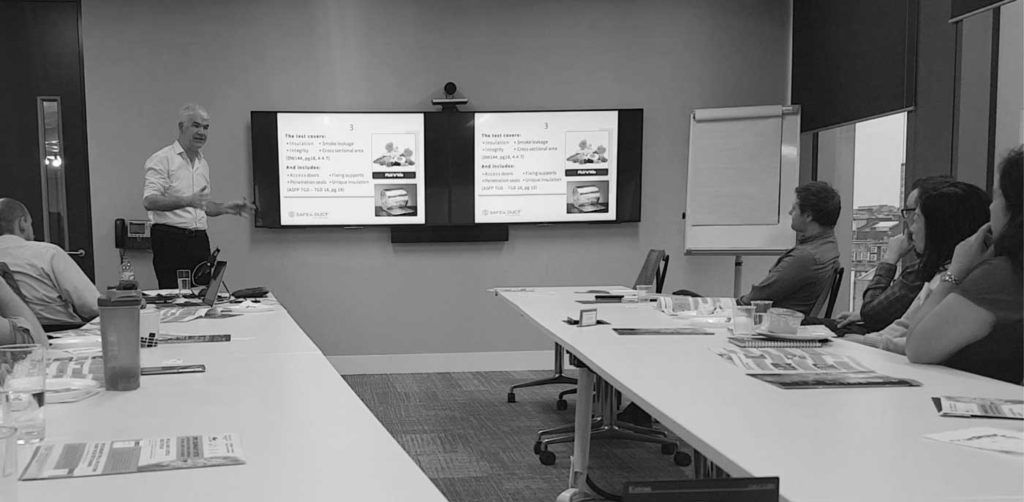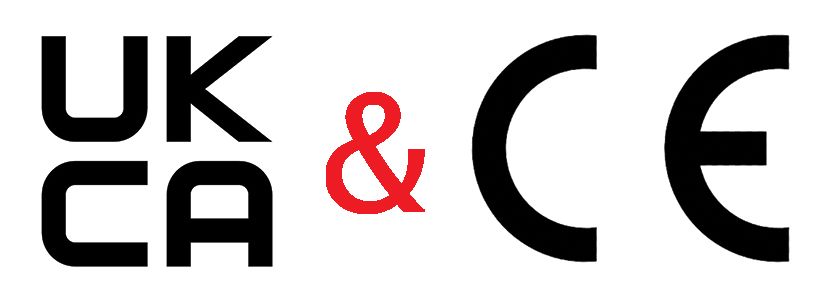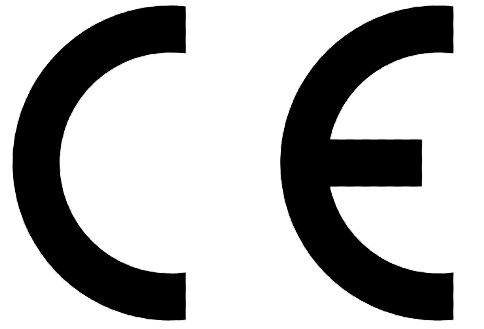Harmonised European Standards have a section in the product standard called ZA. In one of the ZA sections, you will find the details for affixing of the CE label. The CE marking symbol to affix shall be in accordance with Directive 93/68/EC and shall be shown on a label, and commercial documents. Table ZA.3 will give clarity on the evaluation of this conformity.
The manufacturer is to maintain Factory production control (FPC); and to maintain records of samples according to the standards prescribed testing plan.
The notified body involved, will have continuous surveillance assessment and approval of FPC.
This level of surveillance is important to ensure that product is produced and delivered to the market in keeping with the production standards for the tested samples. It serves manufacturers well to have this level of surveillance, reflecting positively on their desire to maintain the integrity of their product offering. Manufactures will have a document called a “Certificate of constancy of performance”, issued by the notified body, under Regulation 305/2011/EU.
Thor Duct® EN is manufactured from FPC facilities.
